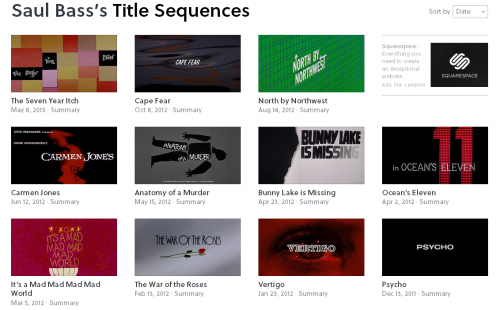The reactions we have to the cultural, social and political worlds around us – from our affinity with a particular brand or music label, our soft spot for a particular cereal or online magazine to browse at lunchtime, to our intuitive sense of the functions and values of a company or the next film we’ve earmarked as a must-see – are all invited and evoked by the graphic designs at play on posters, TV screens and landing pages.
This rush of thoughts and feelings, of what become instincts to us, help us make judgements on a daily basis about identities and brands we want to be associated with, about what such choices say about us to our friends on Facebook when they see our Likes.
However, graphic design is about more than creating an impression. The most famous examples of graphic design have become cultural icons in their own right, inextricable from the connotations of the theme they explicate, but at the same time standing as more than a representation of values and function, and crossing the line into becoming things, not just representations of things, artworks in their own right. The following five kinds of graphic design involve designers who became artists in the course of their work.
1. Movie posters by Saul Bass
Saul Bass’ representations of films are now legendary, and it’s immediately clear why. His captivating colours, tones, graphics, layout, typeface and shape work immediately and on an instinctive level to strike fear and bewilderment as you contemplate the distorted black and white face that is a man squirming and working to cut loose the confines of the writing and the yellow poster itself.

Bass’ beautiful arcing figures of graceful couples being swept to a destiny, which may or may not be part of their intended dance steps, within the strict confines of uncompromising fire escapes on apartment blocks, outside the narrow approach of the buildings, work to create a sense of chaos barely contained and a riot of feelings barely concealed. This kind of work seems effortless in conveying a movie and Bass does it over and over, including in depicting Hitchcock’s Vertigo to acclaim and continued fame.
2. Logos by Paul Rand
You know UPS delivers before you even heard the latest advert. You understand abc’s mission, remember Ford and couldn’t begin to forget the folks at IBM. And the reason for all these wired responses is Paul Rand.
Honorable mention is necessary to Milton Glaser, whose creative genius and technical ability is the reason I <3 NY, just like you.
3. Magazines by David Carson
Carson is behind more of your notions of pop culture than you might care to shake a stick at. In this digital life of ours, in which industry figures continue to wrestle with the integrity and quality of form in online platforms, Carson’s graphic design remains the standard, and you only need to go all hipster on the matter and look up back issues of Blah Blah Blah and RayGun to see why.
4. Adverts by Milton Glaser
There’s a quality of graphics and colour in Glaser’s work that effaces the dividing lines of categories of fine art and functional design. His Bob Dylan in silhouette, with clouds of multicoloured strands of hair, billowing ideas or sounds emanating from the unassuming profile is pure genius graphic design, and he repeats his success with Aretha Franklin, if you’re keen to see more of this designer’s work.
5. Type face by Neville Brody
Brody means more to the world than to graphic design geeks, although he means a lot to us, that’s for sure. Like many of the graphic designers cited here, Brody transcends our understanding of craft or technical design and fine art, which explains both his many exhibitions in galleries, and also the prevalence of his delicious type face, with Blur being a great Google to begin with.